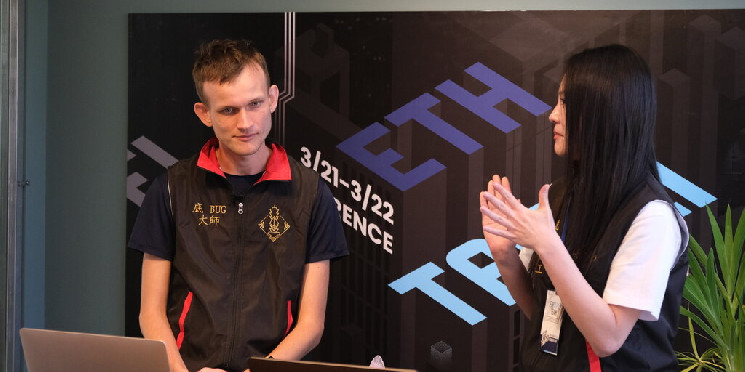“The L2-verse doesn’t feel enough like a unified Ethereum,” Buterin said on Twitter. “It's much better than a year ago, but still far from perfect.”
The Canadian programmer is calling for an “open, decentralized, operator-free, governance-free protocol” that will allow assets to be seamlessly bridged from one layer-2 network to another. This protocol should then be natively integrated into wallets, Buterin added.
“Get the basics done before getting too committed to any fancy toys,” he said, in response to someone calling for more advanced optimizations of Ethereum scalability.
We need an open decentralized (operator-free, governance-free) protocol for quickly moving assets from one L2 to another, and for that to be integrated into wallets' default sending interface.
Get the basics done before getting too committed to any fancy toys.
— vitalik.eth (@VitalikButerin) May 21, 2024
Currently, bridge options—such as Optimism’s Superchain—are being built to allow assets to be moved from one chain to another. But that’s just for chains building on the OP Stack. Buterin believes that having multiple solutions is damaging.
“We need to get serious on doing this Ethereum-wide,” he explained on Twitter. “If there are five separate solutions for five sub-ecosystems, that's needless fragmentation.”
How could this be achieved? Buterin believes that alongside the Protocol Guild—a collective of Ethereum contributors working to maintain and evolve the protocol—the community should create a “Basic Infrastructure Guild.”
This new collective should aim to accelerate cross-layer-2 bridging solutions, develop zero-knowledge Ethereum Virtual Machines (zkEVMs), and work on other “public good” infrastructure solutions.
“Set the standard that these things are ecosystem-wide public goods, and not products of individual companies,” Buterin said on Twitter. “Though like Linux, individual companies should absolutely be welcome to participate and even take initiative.”
Edited by Andrew Hayward
 decrypt.co
decrypt.co
